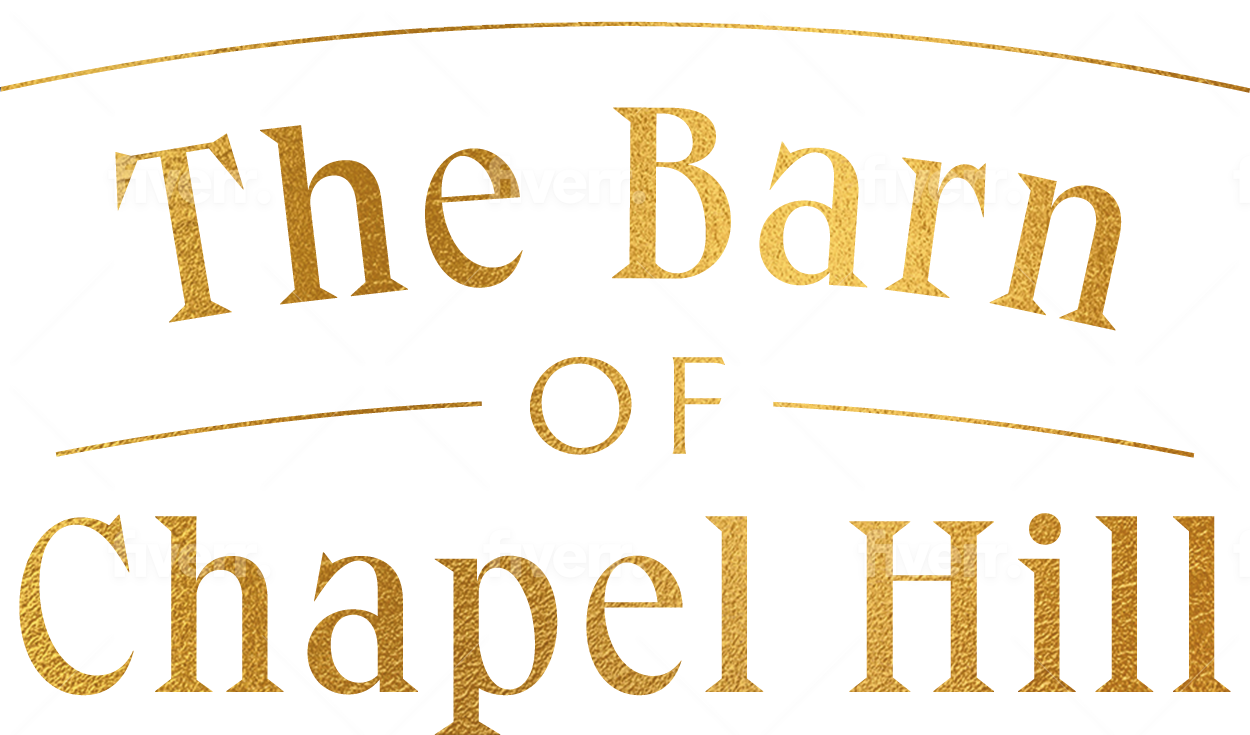Tulip Mania
Tulips are special.
Back in the early 17th century, “Tulip Mania” broke out in Holland. Prices for the most desired bulbs skyrocketed, with some varieties being sold for more than 10 times the annual salary of a skilled craftsman. This tulip craze is widely considered to be the world’s first known economic bubble and crash.
Tulips today, of course, are fairly common and easy to obtain. In fact, they’re so common that some people find them *gasp* a bit boring and unexciting.
Locally grown tulips are SO much more glamorous than what is typically found in grocery stores. Reach out to a local flower farmer; you’ll discover stunning varieties that you’ve most likely never seen anywhere else.
These unique purple tulips don’t ship well, so you’ll have to visit my farm (or your local grower) to grab a few!
Growing tulips is not complicated. In my zone, 7b, I start planting bulbs in mid-November, but colder climates will want to start a bit sooner.
Tulips look best grouped together, so don’t bother individually planting each one. It’s much quicker (and more visually stunning) to plant at least 50 (or more!) all in the same area.
BEFORE: Bulbs get planted here on the farm in November.
AFTER: Just a few short months after planting, the tulips are in full bloom by the end of March.
Because I grow thousands of tulips each year, I plant mine in long rectangular trenches about 8 inches deep, but if you’re planting in a garden, you can dig out any shape you’d like. Be sure to plant in an area that drains well, because the bulbs will rot if they get too wet.
Once you have your spot, pop in the bulbs (pointy side up) and really crowd them in there…they should be so close that they’re almost touching each other (but not quite). Sprinkle in some bulb fertilizer, and then shovel the dirt back over them. And that’s it, you’re done!
Bulb planting is the perfect job for young farmers-in-training. 😂
Pro Tip: Treat your tulips like annuals! At the end of the season (or during, if you like to harvest your tulips), pull the tulips out, bulb and all, and then replant new bulbs each year.
Another one of our little farmers-in-training, doing a great job of harvesting tulips with the bulb attached. 😉
Not only does this help minimize disease, but using fresh bulbs each season will ensure that you get the prettiest, tallest, and most stunning blooms each spring. Yes, tulips will re-grow, but oftentimes the flowers are smaller, and sometimes they don’t bloom at all. Be sure to rotate planting areas (if you can), which will also help to keep your tulips disease-free.
Once planted, most tulips need at least 12 weeks of cold weather, so if you live in a warmer climate, buy your bulbs pre-chilled. Brent and Becky's has a good selection of pre-chilled tulips. And yes, even if they don’t get enough cold weather (or aren’t pre-chilled), they will still grow, but sometimes the stems will be on the shorter side. But that’s totally ok, you can still enjoy your short tulips!
Not the tallest, but still beautiful! Sometimes, tulips will start off on the short side early on, but then really shoot up later in the season.
Be sure to plant a mix of early-, mid-, and late-season bloomers to have a pretty showing of tulips for as long as possible. When you buy the bulbs, the name (for example, DL, or double late) tells you that particular tulip is a double (lost of petals…doubles are my absolutely favorite) and is a late-season bloomer.
Below are a few of my faves that I grow here on the farm, and for all you Chapel Hill/Raleigh/Durham locals, sign-up for alerts about our spring flower CSA sign-ups and U-pick days. I don’t ship my flowers, so if you don’t live in NC, check out this listing of flower farmers across the United States.
Let’s jump right in and start with this stunner, Sensual Touch:
This double tulip has unique ruffled petals, and a rich golden apricot color with soft blush undertones that is just *chef’s kiss*. This tulip is just as stunning as any garden rose out there, but MUCH easier to grow (shhhh…..let’s just keep that between us). 😉
And here’s another gorgeous double tulip, Copper Image. Doesn’t this one remind you of a peony?
Purple is always a popular spring color, and my two must-grow purple tulips are Double Price and Color Burst. Double Price is soft lavender with a slight touch of pink, and I just LOVE it.
For something a bit darker and more dramatic, Color Burst fits the bill.
A bright red is always cheerful; and this one, Largo, is always a big hit at our U-picks.
And sometimes, after all those bright colors, you need something a little dark and moody to balance it all out. Don’t worry, Black Hero has your back.
For updates on this year’s crop of tulips and all of our other flowers, including lots of gorgeous photos of our favorite varieties and additional growing tips, follow along on Instagram and join our newsletter. And click here to read our peony growing tips!
















